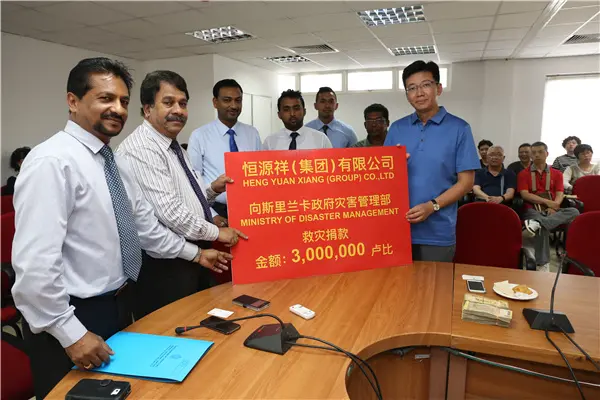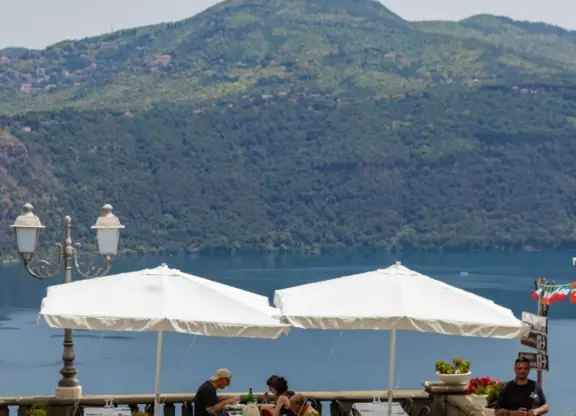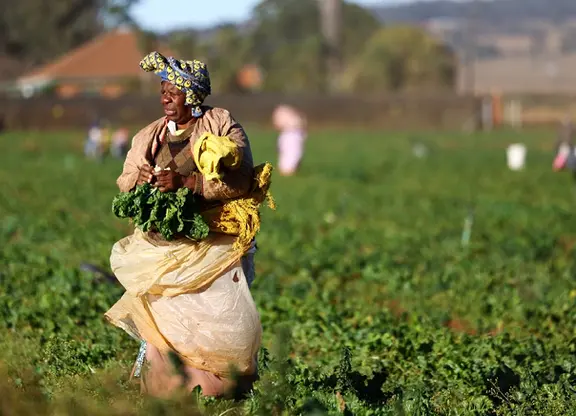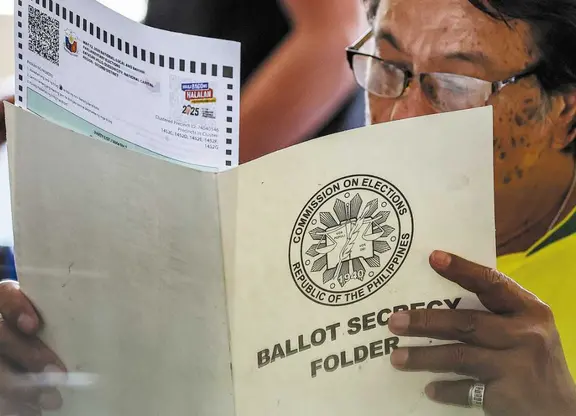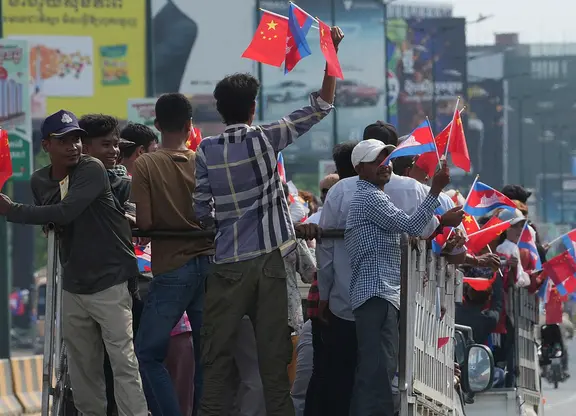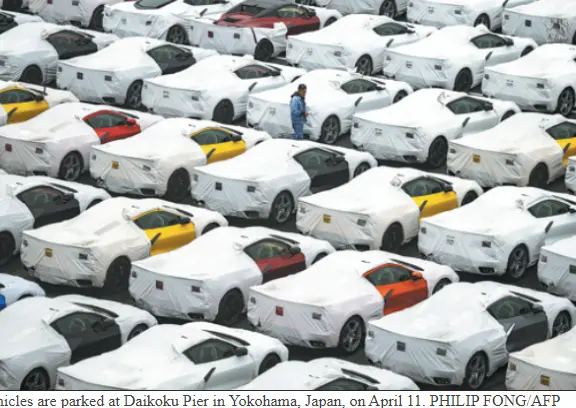A group of kungfu aficionados in San Jose spend every Friday night throwing Bruce Lee-style punches and roundhouse kicks. Practicing kungfu, they say, is their favorite way to relax after a week of hard work.
They get together at a martial art school nicknamed Costa Rican Shao Lin Temple, hidden in a quiet street in the eastern part of the capital city. Nothing like a Chinese temple, this modest spot is really just a local residence-turned-kungfu school.
Inside, Chinese icons are everywhere: a shrine to the Buddha in the center of the main hall, a Chinese dragon painted on the wall and traditional Chinese weapons in different corners.
The house is so small that there is little space for practice. But the kungfu practitioners have found creative ways to make the most of it. The garage serves as the warm-up area, where students do stretches. A long hallway is the preferred place for somersaults and rolls. To practice elaborate kungfu routines, the street is a better place.
The students come from a variety of backgrounds. Daniel Ortis, a longtime practitioner who has mastered the kungfu fist and butterfly knife, is a violinist. Kungfu, he says, complements his life as a musician.
"It has helped me a lot with patience and body relaxation. Because sometimes when I play violin, I get very tense. Kungfu helped my body and posture to be more relaxed," said Ortis.
Jose Torres, 26, has been practicing here for seven years. Dressed in a robe like a monk, he is an international trader by day. Torres said he has benefited from kungfu both physically and mentally. The sweat and intensity that comes from a tough workout is followed by a refreshed and placid state of mind, he said.
"It has helped me in every way. It has even helped me make better decisions at work. I can consider things with a cool head. In physical terms, it's good for health. People get sick much less, (and) it keeps us active."
Director Francisco Lee founded the school years ago. Today, he has about 70 students a week, mostly Costa Rican. He instructs the students himself, and goes to China every year to study more martial arts and Buddhism.
"Costa Ricans are very interested in Chinese culture," including its food, religion and martial arts, said Lee. "Almost all Costa Ricans have seen the Chinese kungfu films of Bruce Lee, Jackie Chan, Jet Li (and) people here have always identified strongly with the mysticism of Chinese Buddhism."
"Kungfu appears fantastic and mysterious in the movies, so people want to learn the ancient art," said Lee.
Kungfu is popular in other countries of Latin America as well.
During the Chinese Spring Festival season, artists from China brought performances to Panama City, Chile's capital city of Santiago and Brazil's Rio and Sao Paulo, featuring kungfu, Chinese dance and music.
However, this year's festival activities focused more on kungfu, as it already has a consolidated presence in this continent and helps attract more attention to the events.
In Brazil, kungfu has been popular since the 1960s, and the National Kung-Fu/Wushu Confederation was founded in 1992. Since then, it has already organized 22 national championships. The country also hosted one South American and two Pan-American championships.
The confederation has 5,000 registered athletes, and it is estimated that over 100,000 people in Brazil practice kungfu.
Kungfu also serves as a gateway to Chinese culture.
Typical Chinese festival activities have gradually become part of the local cultural events in Latin America. Chinese New Year celebrations in Brazil, Argentina and Costa Rica are becoming increasingly popular.
In Sao Paulo this year, Chinese New Year events lasted two days and attracted over 100,000 people. The Lantern Festival fair held last week in La Plata City, Argentina, attracted some 30,000 people to enjoy Chinese customs, food, arts and language.
 简体中文
简体中文

